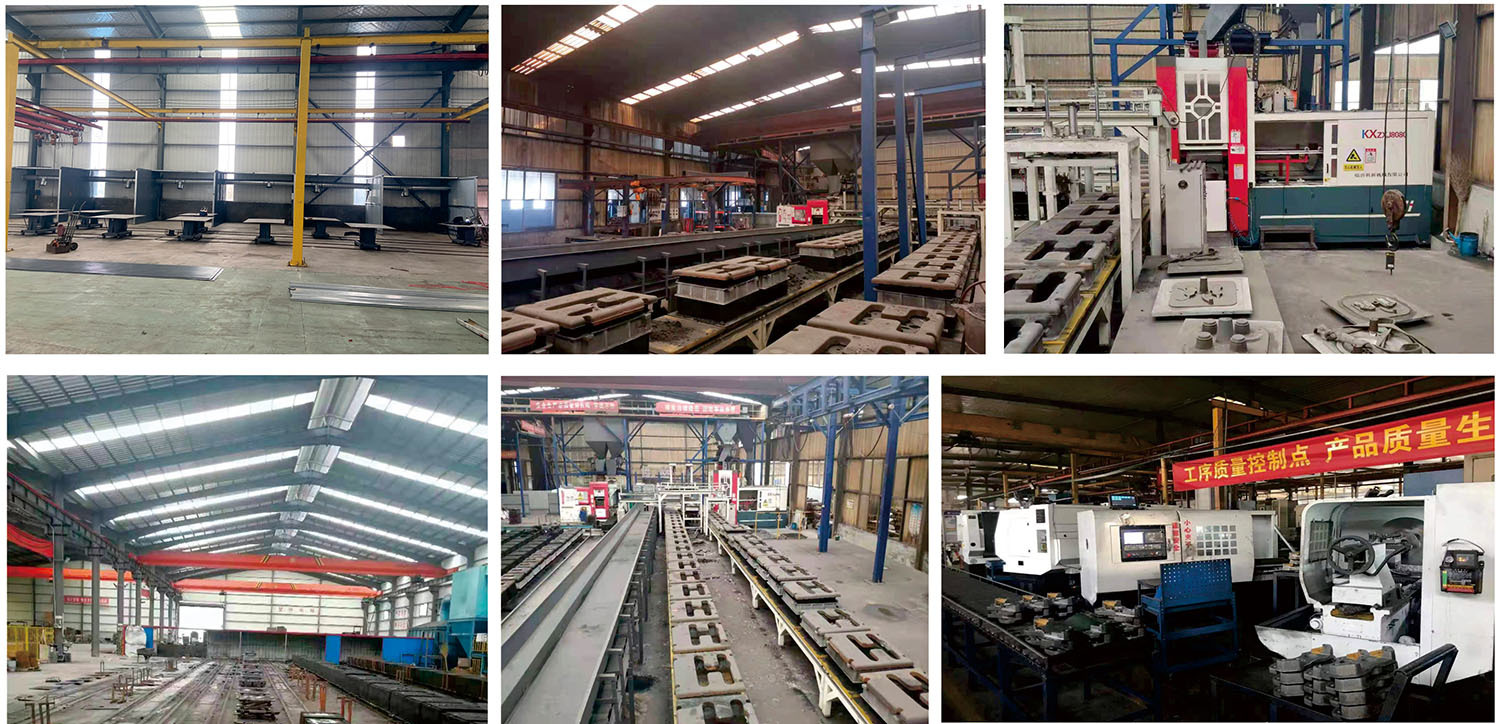Power take-off housing
Adhering to the development concept of "intelligent casting, green casting", we mainly produce a series of products such as wheel hubs and brake calipers.
Category:
Ductile iron
key word:
Power take-off housing

Hotline:
Casting is the process of melting metal into a liquid that meets certain requirements and pouring it into the mold. After cooling, solidification, and cleaning treatment, a casting with predetermined shape, size, and performance is obtained. Casting blanks, due to their near formability, achieve the goal of avoiding mechanical processing or minimal processing, reducing costs and to some extent reducing production time. Casting is one of the basic processes in modern device manufacturing industry. The cast metals include copper, iron, aluminum, tin, lead, etc. The materials used for ordinary casting are raw sand, clay, water glass, resin, and other auxiliary materials. Special casting molds include investment casting, lost foam casting, metal mold casting, ceramic mold casting, etc. (Raw sand includes: quartz sand, magnesia, zirconia, chromite, forsterite, kyanite, graphite, iron, etc.)
There are two main types of casting: sand casting and special casting.
1. Ordinary sand mold casting, which uses sand as the mold material, is also known as sand casting or flipping sand, including three types: wet sand mold, dry sand mold, and chemically hardened sand mold, but not all sand can be used for casting. The advantage is that the cost is lower because the sand used in the mold can be reused; The disadvantage is that the mold production is time-consuming, and the mold itself cannot be reused and must be destroyed before the finished product can be obtained.
1.1. Sand mold (core) casting method: wet sand mold, resin self hardening sand mold, water glass sand mold, dry mold and surface dry mold, solid mold casting, and negative pressure molding.
1.2. Sand core manufacturing method: It is selected based on the size, shape, production batch, and specific production conditions of the sand core. In production, it can be generally divided into manual core making and machine core making.
2. Special casting can be divided into two types based on the molding materials: special casting with natural mineral sand and gravel as the main molding material (such as investment casting, mud casting, shell casting, negative pressure casting, full mold casting, ceramic mold casting, etc.) and special casting with metal as the main molding material (such as metal mold casting, pressure casting, continuous casting, low-pressure casting, centrifugal casting, etc.).
2.1. Metal mold casting method
Use metal with a higher melting point than the raw material to make molds. It is subdivided into gravity casting method, low-pressure casting method, and high-pressure casting method.
Due to the melting point of the mold, the amount of metal that can be cast is also limited.
2.2. Dewaxing casting method
This method can be divided into outer film casting method and solid casting method.
First, replicate the object to be cast with wax, then immerse it in a pool containing ceramics (or silica sol) and let it dry, so that the wax based replica is covered with a layer of ceramic outer film. Repeat the steps until the outer film is sufficient to support the casting process (about 1/4 inch to 1/8 inch), then melt the wax in the mold and remove it from the mold. Afterwards, the mold needs to be subjected to multiple high temperatures to enhance its hardness before it can be used for casting.
This method has good accuracy and is more suitable for casting high melting point metals such as titanium. However, due to the high price of ceramics and the need for multiple heating and complexity in production, the cost is quite expensive.


